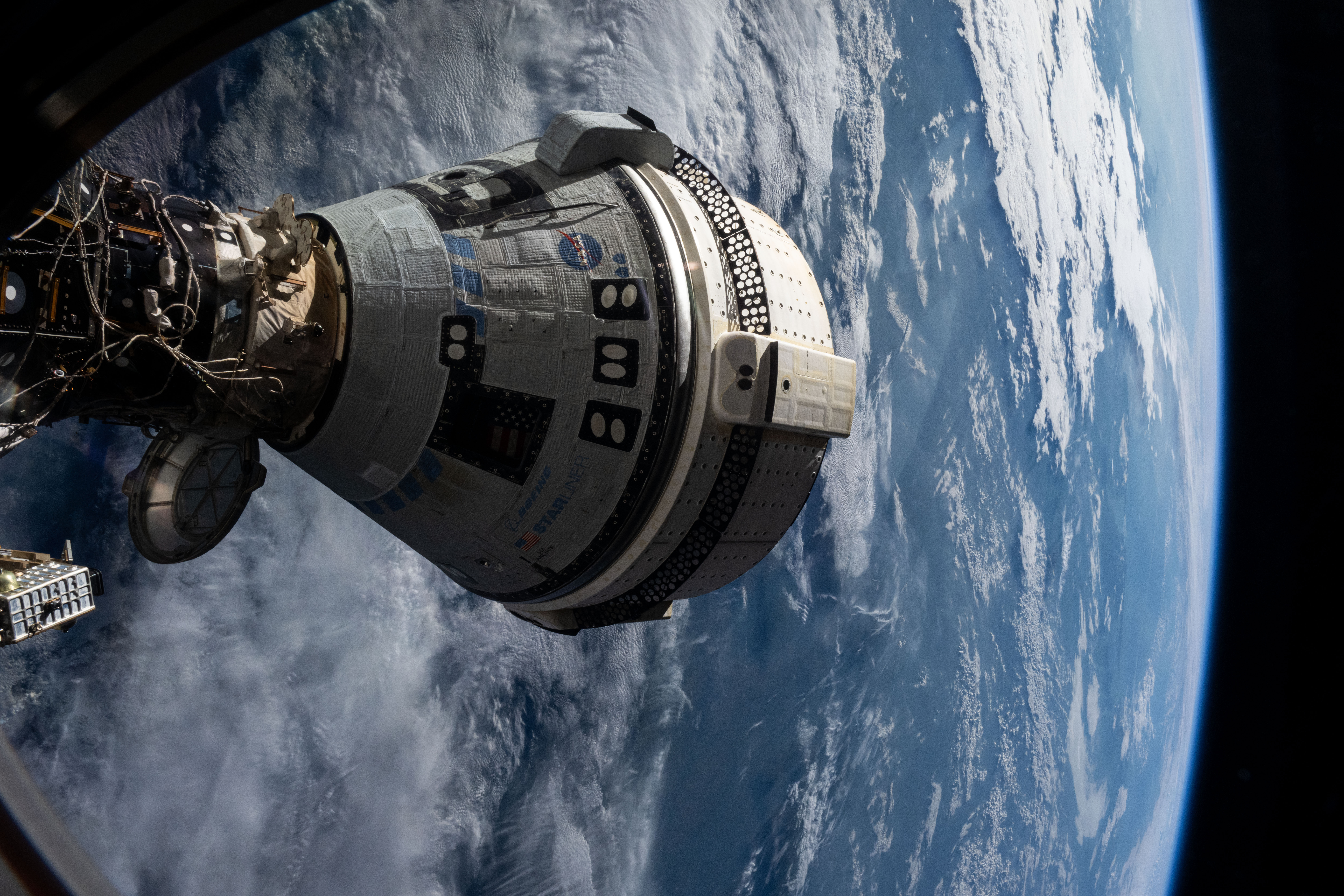
NASA and Boeing teams continue analyzing data from recent ground and spacecraft testing as they evaluate the Starliner spacecraft’s propulsion system during NASA’s Boeing Crew Flight Test mission.
Teams are taking their time to analyze the results of recent docked hot-fire testing, finalize flight rationale for the spacecraft’s integrated propulsion system, and confirm system reliability ahead of Starliner’s return to Earth from the International Space Station.
Forward work for the team also includes finalizing the spacecraft’s undocking procedures and operational mitigations that could be used in flight, if needed, to build further confidence in the system. Meanwhile, Starliner ground and mission support teams are continuing to prepare for undocking by participating in integrated simulations with space station operations teams.
Following the completion of Starliner’s return planning, which is expected to continue into next week, more information will be shared about the agency’s return readiness review preparations and subsequent media briefing. As always, astronaut safety remains the top priority for both NASA and Boeing.
While engineers conduct their spacecraft studies on Earth, NASA astronauts Butch Wilmore and Suni Williams are closely following the ground team’s progress while aboard the station. The duo has integrated into the daily workload of the orbiting laboratory, giving the station a crew of nine as their mission overlaps with Expedition 71.
The astronauts worked primarily on lab upkeep aboard the orbiting outpost on Wednesday. Wilmore spent time inspecting advanced plumbing hardware then packed the life support components for return to Earth. Williams set up high-definition video gear inside the Columbus laboratory module then inspected a bar code reader and radio frequency hardware. Wilmore and Williams also partnered up and organized cargo inside the Tranquility module before calling into a Boeing mission controllers conference.

